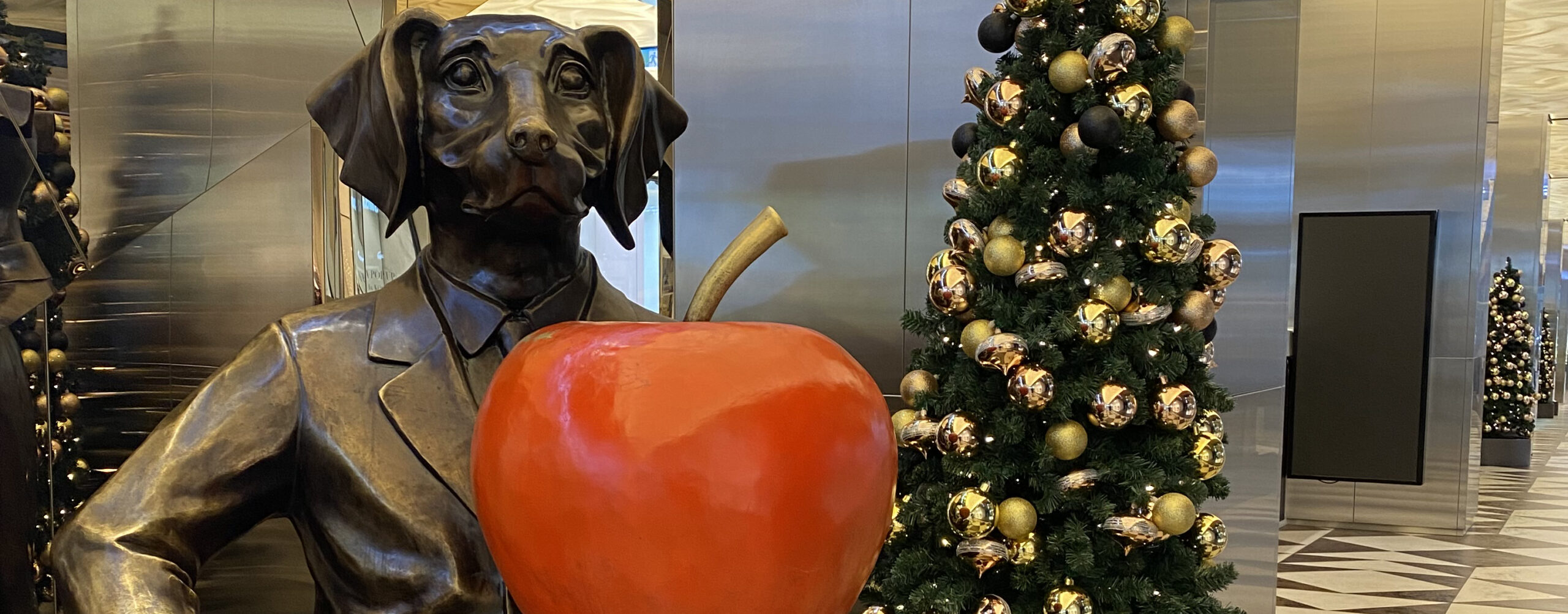responsible for the COVID-19 pandemic. These specialized white blood cells are a key component of the adaptive immune system, which is responsible for recognizing and targeting specific pathogens like viruses. T cells are involved in various aspects of the immune response to SARS-CoV-2, including virus detection, clearance, and memory formation.
There are two main types of T cells involved in the immune response to SARS-CoV-2: helper T cells (CD4+) and cytotoxic T cells (CD8+). Here’s an overview of their roles in SARS-CoV-2 pathology:
- Helper T Cells (CD4+ T cells): Helper T cells play a central role in coordinating the immune response against viral infections. They recognize viral antigens presented on the surface of antigen-presenting cells (APCs), such as dendritic cells. In the context of SARS-CoV-2, helper T cells are crucial for several reasons:
- Activation of B Cells: Helper T cells assist in activating B cells, which are responsible for producing antibodies against the virus. This antibody response can help neutralize the virus and prevent its entry into host cells.
- Activation of Cytotoxic T Cells: Helper T cells also stimulate the activation of cytotoxic T cells by interacting with APCs and providing signals that enhance the cytotoxic T cells’ ability to target and eliminate virus-infected cells.
- Cytokine Production: Helper T cells release various cytokines, which are signaling molecules that regulate the immune response. These cytokines can influence the activity of other immune cells and help orchestrate an effective antiviral response.
- Cytotoxic T Cells (CD8+ T cells): Cytotoxic T cells are responsible for directly targeting and eliminating virus-infected cells. They recognize virus-derived antigens presented on the surface of infected cells. In the context of SARS-CoV-2:
- Cell Lysis: Cytotoxic T cells can recognize and kill virus-infected cells by releasing cytotoxic molecules like perforin and granzymes. This process helps limit the spread of the virus within the body.
- Memory Formation: After the acute phase of infection, a subset of cytotoxic T cells transforms into memory T cells. These memory cells “remember” the virus, allowing for a faster and more efficient response if the individual is exposed to the virus again in the future.
Overall, the coordination between helper T cells and cytotoxic T cells is critical for an effective immune response against SARS-CoV-2. However, in some cases, an excessive immune response can lead to immunopathology, where the immune system’s response becomes overly aggressive and can damage healthy tissues. This phenomenon is observed in severe cases of COVID-19, where an exaggerated immune response can contribute to lung inflammation and other complications.
Understanding the intricate interplay between T cells, other immune cells, and the virus is essential for developing effective therapeutic interventions and vaccines to mitigate the impact of SARS-CoV-2 infection.

